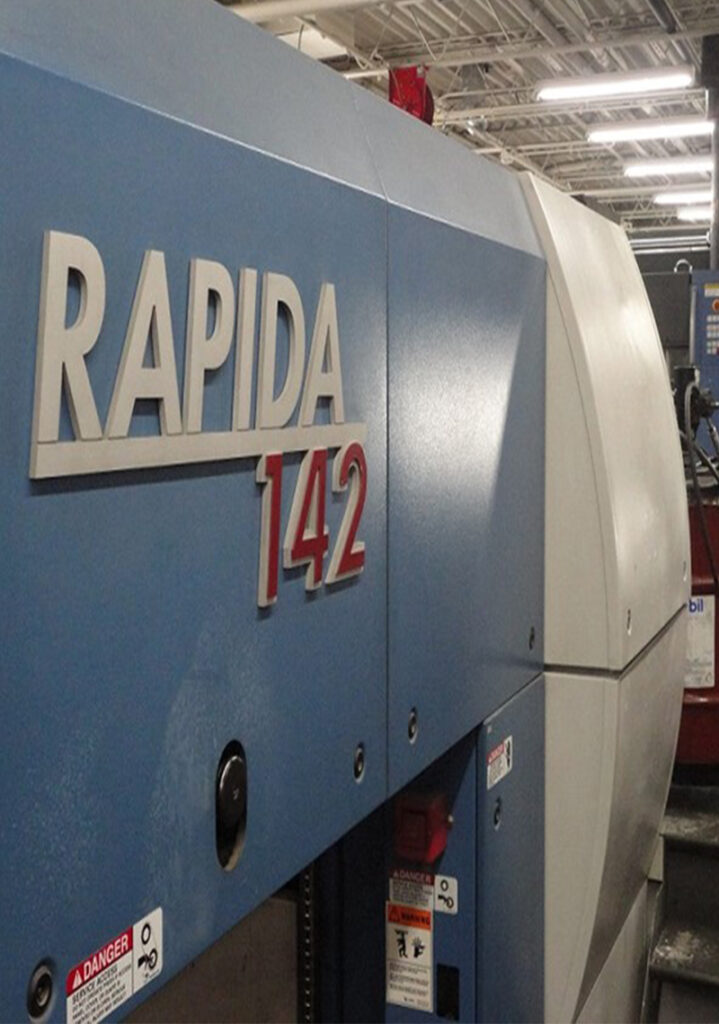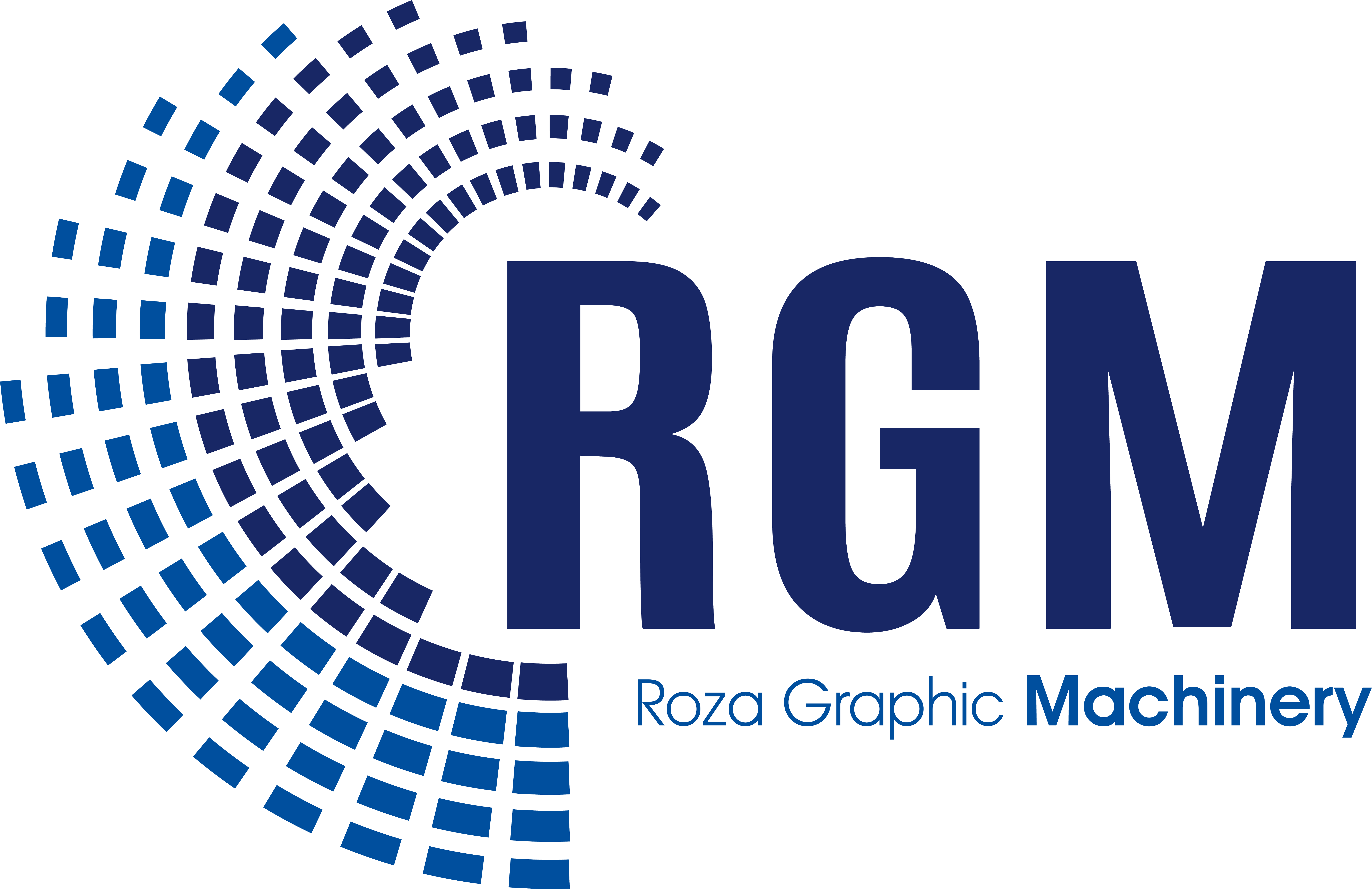Offset Printing in Medicine Instruction Paper
The medical field is arguably one of the most important and advanced industries around.
With advances in technology, such as offset printing, medicine instruction paper production it can take your product to a whole new level of efficiency and cost savings. Read on to find out how offset printing can help the medical industry create more complex, accurate, and affordable instruction materials.

What is offset printing in the medical industry?
In the medical industry, offset printing is usually produces high-quality printed materials such as instruction paper. The process of offset printing involves using a plate to transfer an image onto a rubber blanket and then onto the paper.
This type of printing produces sharp and clear images, which is why it is often we use it for instructional materials.
How can physicians use offset printers to save time and money?
In the medical field, every second counts. That’s why offset printers can be a lifesaver for physicians who need to produce instructional paper products quickly and efficiently. By using an offset printer, physicians can save time and money while still getting high-quality results.
Offset printers are faster than traditional printing methods, so physicians can get their instructional papers printed more quickly.
In addition, offset printers use less ink than traditional printers, so physicians can save money on ink costs. And because offset printers produce consistent results, physicians can be confident that their instructional papers will look great every time.
Advantages of offset printers in the medical industry
There are many clear advantages of offset printing for medical instruction paper production. The technology is well-suited for high volume printing, which can be important for large hospitals or clinics with many patients. Offset printing also produces consistent results from print to print, so that each patient receives the same quality information.
Another advantage is that offset printing can print on a variety of different paper types and sizes. This flexibility can be important when creating instructional materials that need to be both durable and easy to read. Additionally, offset printers can easily add special effects like varnishes or UV coatings, which can further protect the printed materials.
Conclusion
Offset printing can play an important role in helping to improve the production of medicine instruction papers. From providing higher-quality print results, to increasing productivity and reducing costs, offset printing is a great option for businesses looking to take their medical instruction paper production to the next level. It is also more environmentally friendly than digital printing and can help reduce waste materials. With all these advantages, it makes sense why so many businesses are turning to offset printing for their medical paper needs.
